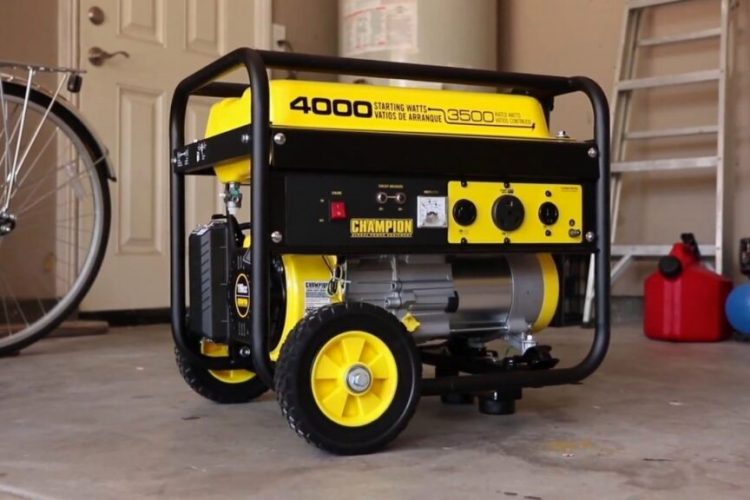When you hear the word “generator,” you probably think of a big machine that makes electricity. But what is a generator? How does a generator work? And can you make your own?
You may already have a few answers to those questions, but let’s take a closer look at how generators work and why they are so important.
What are Generators?
Generators are devices that convert mechanical energy into electrical energy by rotating a coil of wire in a magnetic field. This process is called electromagnetic induction and was first discovered by Michael Faraday in 1831.
How Does Electromagnetic Induction Work?
The basic principle of electromagnetic induction is that two magnetic fields affect each other when they are close together — even if there isn’t any current running through them. When one magnet moves toward another magnet, it will induce an electric current in any wire that happens to be nearby. That’s why an electric current is always flowing through the wires inside a generator (even if the generator isn’t connected to anything). The motion of the generator’s rotor causes an alternating current (AC), which can then be used as electricity for homes or businesses.
Generators are usually found in factories, farms and construction sites. They can also be used to power your home when you need more electricity than what your home’s generator can provide. It is one of the best ways to keep your home running during power outages.
Generators use a mechanical process to produce electricity. They are very similar to the engine in your car or truck. When you turn the key on in your car, it starts up an internal combustion engine that uses fuel such as gasoline or diesel to create energy that powers the vehicle’s drive train (the part of the car that makes it move).
A generator works in a similar way by creating electricity from mechanical energy. The main difference between an internal combustion engine and a generator is that a generator does not burn any type of fuel because it doesn’t have an oxygen supply like an internal combustion engine does. Instead, it uses mechanical energy from an external source — such as wind or water — to generate electricity through electromagnetism (the flow of electrons) or magnetism (the flow of magnetic flux).
A generator has two main parts: a rotor and stator. The rotor is the moving part of the generator, which rotates inside the stator. The stator is stationary and consists of coils of wire wound around an iron core (or laminated steel).
Electric generators are often confused with motors, but they are not the same thing. A motor transforms energy from one form into another; for example, when you press the pedal on your car’s accelerator, the motor turns fuel into motion. A generator transforms kinetic energy into electrical energy.

